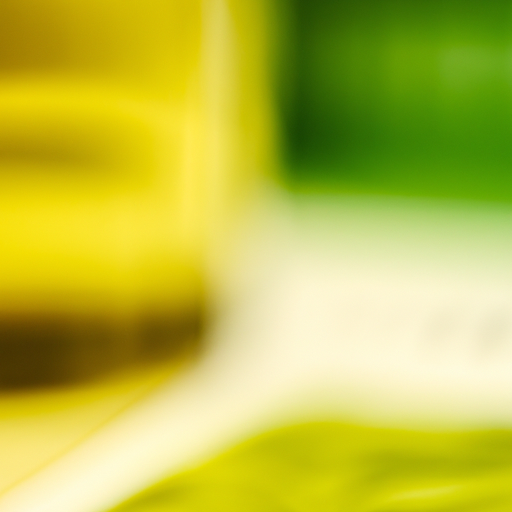Blurred Lines: Decoding the Subtle Differences Between Yellow and Green Tea
In the ever-expanding world of tea, there are boundless varieties, each boasting its own unique flavor profiles and production methods. Often, discussions center around the well-known trio: black, green, and oolong tea. However, today we're here to discuss a lesser-known, yet just as enchanting member of the tea family: yellow tea. What exactly is yellow tea, and how does it differ from its more popular counterpart, green tea? Brew up your curiosity and steep with us as we dive into the subtle differences between yellow and green tea.
Green Tea
Green tea, known for its fresh, grassy flavors and vibrant color, is prized for its minimal oxidation and processing. The green tea leaves are quickly fixed post-harvest, through either steaming or pan-frying, to inhibit enzymatic oxidation and preserve the natural green color and flavors. Green teas from around the world and within different regions can vary greatly in flavor, from herbaceous and savory to fruity and floral, much like your favorite green tea blend provides an endless palette of flavors to savor.
Yellow Tea
Yellow tea, on the other hand, is a rare and elusive tea that many people have never had the opportunity to taste. This unique tea has a longer production process, as the leaves are partially oxidized during a controlled withering stage, leading to a distinctly gentle flavor often described as smooth, sweet, and mellow with hints of yellow petals. Yellow tea leaves are generally harvested earlier in the season, making for a rarer and often more expensive tea. Many tea connoisseurs covet the rich, lavish cups of aromatic yellow tea, brewed with a sense of intoxicated excitement, transforming even the humblest of tea breaks into an exotic journey into the tea world's more obscure corners.
Comparing the Two: Flavor Profiles, Production, and Chemical Composition
| Yellow Tea | Green Tea |
|---|---|
| Lightly oxidized | Minimal oxidation |
| Gentle, smooth, sweet flavor | Fresh, grassy flavor |
| Controlled withering and oxidization | Fixed through steaming or pan-frying |
| Champagne-like liquor color | Vibrant green color |
| Slower production process | Faster production process |
| Rich in antioxidants and amino acids | Rich in antioxidants and catechins |
When it comes to their production, the most significant distinction between yellow and green tea lies in the withering and oxidation processes. Green tea leaves are quickly fixed after harvesting, preventing oxidation and preserving their fresh, green color. Conversely, yellow tea undergoes a more laborious process, allowing the leaves to wither and oxidize slightly, resulting in a more nuanced, delicate flavor profile.
Even though they are similar in terms of their antioxidant and nutritional content, yellow and green teas show slight differences in the specific compounds they contain. Yellow tea is reported to be rich in antioxidants and amino acids, while green tea is more abundant in antioxidants and catechins.
In Conclusion: The Delightful Mystery of Yellow Tea
Yellow tea is like a hidden gem in the tea world, revealing itself through its mellow, sweet, distinctive flavor and character. Tea enthusiasts searching for a rare and unique tea to add to their collection may find that yellow tea is just the ticket to round out their tea repertoire, stealing an appreciative glance from any seasoned green tea drinker.
Have you explored the realm of yellow tea or experienced the enchanting flavors it offers? We're eager to hear about your journey in the land of yellow tea, whether you're a long-time fan or a newly intrigued amateur. Grab a cup of yellow tea (if you manage to find one), and dive into the conversation, sharing your experiences and insights with fellow tea sommeliers in the discussion area below, where the champagne-like liquor of yellow tea flows freely, and conversation blooms like yellow petals. So, are you team Green or part of the Yellow posse? Let us know! 🍵🌼
